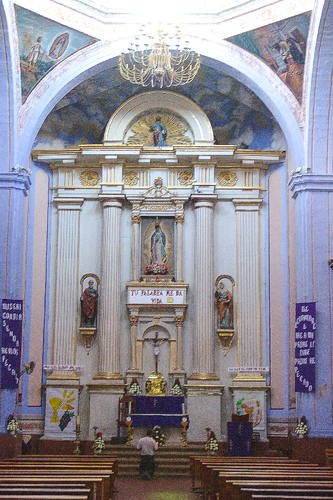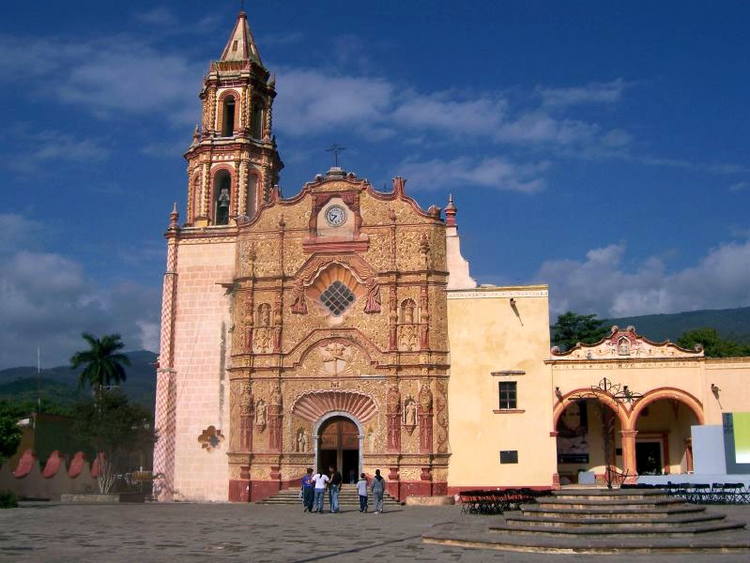Live your own adventure by crossing the different ecosystems of the Sierra Gorda region; get to know the most splendid and exotic spots of Querétaro’s mountainous zone and all the attractions that hide at this Biosphere Reserve. In this area you can travel across the path of the Five Franciscan Missions –perfect samples of Mexican Baroque and a World Heritage Site by UNESCO– or go to the eco-camps, located among the amazing vegetation.
The five Franciscan missions of Sierra Gorda were built during the last phase of the conversion to Christianity of the interior of Mexico in the mid-18th century and became an important reference for the continuation of the evangelization of California, Arizona and Texas. The richly decorated church façades are of special interest as they represent an example of the joint creative efforts of the missionaries and the Indios. The rural settlements that grew around the missions have retained their vernacular character.
Outstanding Universal Value
The Franciscan Missions in the Sierra Gorda of Queretaro comprises five missions which were built in the 18th century, during the last phase of the evangelisation of the interior of Mexico, located in the mountainous Sierra Gorda region in central Mexico. Of the five missions, Santiago de Jalpan (the earliest, built 1751-58) and Nuestra Señora de la Luz de Tancoyol are located in the municipality of Jalpan de Sierra, Santa Maria del Agua de Landa and San Francisco del Valle de Tilaco are in the municipality of Landa de Matamoros, and the mission of San Miguel Concá is in the municipality of Arroyo Seco.
They witness the cultural coexistence between different social groups and their environment and became an important reference for the continuation of the evangelisation and colonisation of California, Arizona and Texas. The missions, in particular the richly decorated façades of the churches, are a manifestation of the joint creative efforts of the missionaries and the existing indigenous groups, resulting after an exchange of values and influences. They are a testimony of the cultural coexistence between two societies and the natural environment. The rich iconographic elements express the creative work and a faithful reflection of the spirituality and vision of both cultures.
The missions represent both architectural and artistic manifestations that are the most relevant within the Franciscan evangelist route that led to the conquest and evangelization of the northern area of Mexico. They evidence the Franciscans’ perseverance and capacity to evangelize isolated ethnic groups who lived in inhospitable territories.
To read full article click here
Source: UNESCO


